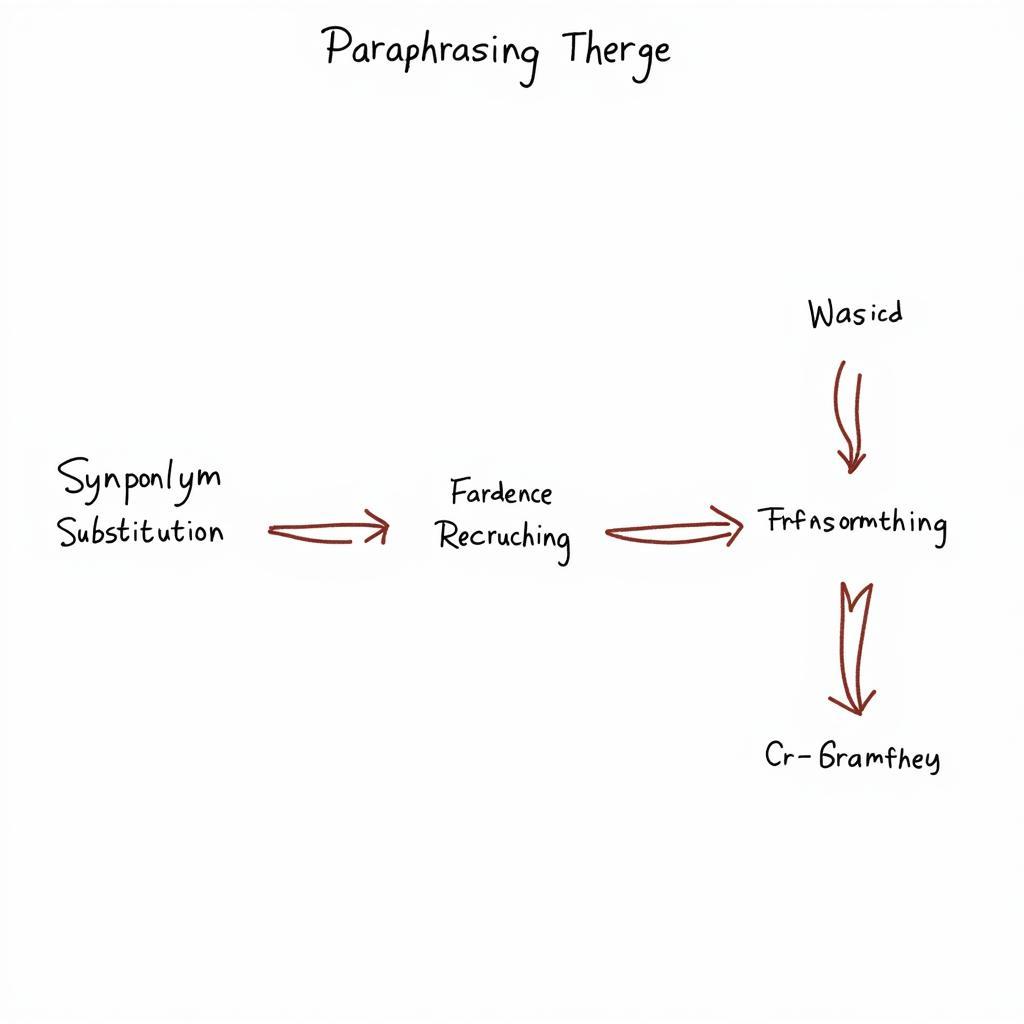Paraphrasing is a crucial skill for academic writing and particularly essential for IELTS success. As experienced IELTS instructors often emphasize, the ability to rephrase ideas while maintaining their original meaning can significantly impact your writing score. Let’s explore proven techniques and strategies to enhance your paraphrasing abilities.
Understanding the Fundamentals of Paraphrasing
Paraphrasing involves expressing someone else’s ideas in your own words while preserving the original meaning. For IELTS candidates, this skill is particularly vital when tackling how to paraphrase effectively in IELTS writing, especially in Task 1 and Task 2 responses.
Key Components of Effective Paraphrasing
- Vocabulary substitution
- Sentence structure modification
- Word form changes
- Voice alternation (active/passive)

Advanced Paraphrasing Strategies
Synonym Substitution
When working on strategies for IELTS writing task 1 maps, using appropriate synonyms is crucial. However, remember that not all synonyms are interchangeable in every context.
Examples of effective synonym substitution:
- “Increase” → “Rise,” “Grow,” “Expand”
- “Important” → “Significant,” “Crucial,” “Essential”
- “Show” → “Demonstrate,” “Indicate,” “Reveal”
Structural Transformation
Learning how to write high-scoring task 2 essays requires mastering structural transformations. Consider these approaches:
- Changing word classes
- Splitting complex sentences
- Combining simple sentences
- Altering sentence patterns
Common Paraphrasing Pitfalls to Avoid
When practicing strategies for tackling IELTS writing task 1 diagrams, be aware of these common mistakes:
- Over-reliance on thesaurus
- Changing meaning unintentionally
- Maintaining too much original structure
- Insufficient transformation
Tips from IELTS Expert Dr. Sarah Thompson
“The key to successful paraphrasing lies in understanding the original text thoroughly before attempting to rephrase it. Many candidates rush into substituting words without grasping the core message.”
Step-by-Step Paraphrasing Process
- Read and understand the original text completely
- Identify key concepts and main ideas
- Write the paraphrase without looking at the original
- Compare with the original to ensure accuracy
- Revise for clarity and coherence
Practicing Paraphrasing Skills
To improve your paraphrasing abilities, focus on How to paraphrase in IELTS writing? through these exercises:
- Daily reading and rewriting exercises
- Sentence transformation practice
- Regular vocabulary building
- Peer review sessions
Advanced Practice Techniques
- Record yourself explaining complex texts
- Create mind maps of key ideas
- Practice timed paraphrasing exercises
- Use paraphrasing tools responsibly
Conclusion
Mastering paraphrasing requires consistent practice and attention to detail. By following these strategies and avoiding common pitfalls, you can develop this essential skill for academic writing success. Remember that effective paraphrasing not only helps you avoid plagiarism but also demonstrates your understanding and analytical abilities.
Frequently Asked Questions
- How can I paraphrase without changing the meaning?
- What’s the difference between paraphrasing and summarizing?
- How many words should I change when paraphrasing?
- Is it acceptable to use paraphrasing tools?
- How can I improve my paraphrasing speed?